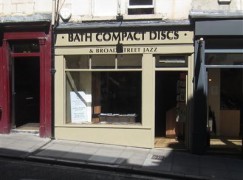Ligeti is greeted by ‘oh, yeah!’
mainAt David Bernard’s ‘InsideOut Concerts’ the audience is seated within the orchestra.
Here’s what happened at the end of Ligeti’s Atmospheres.


At David Bernard’s ‘InsideOut Concerts’ the audience is seated within the orchestra.
Here’s what happened at the end of Ligeti’s Atmospheres.

We have been notified of the passing on…

The German label Dabringhaus und Grimm has ordered…

This weekend, Michael Tilson Thomas conducted the New…

It is no secret that, for the past…

Session expired
Please log in again. The login page will open in a new tab. After logging in you can close it and return to this page.
Comments